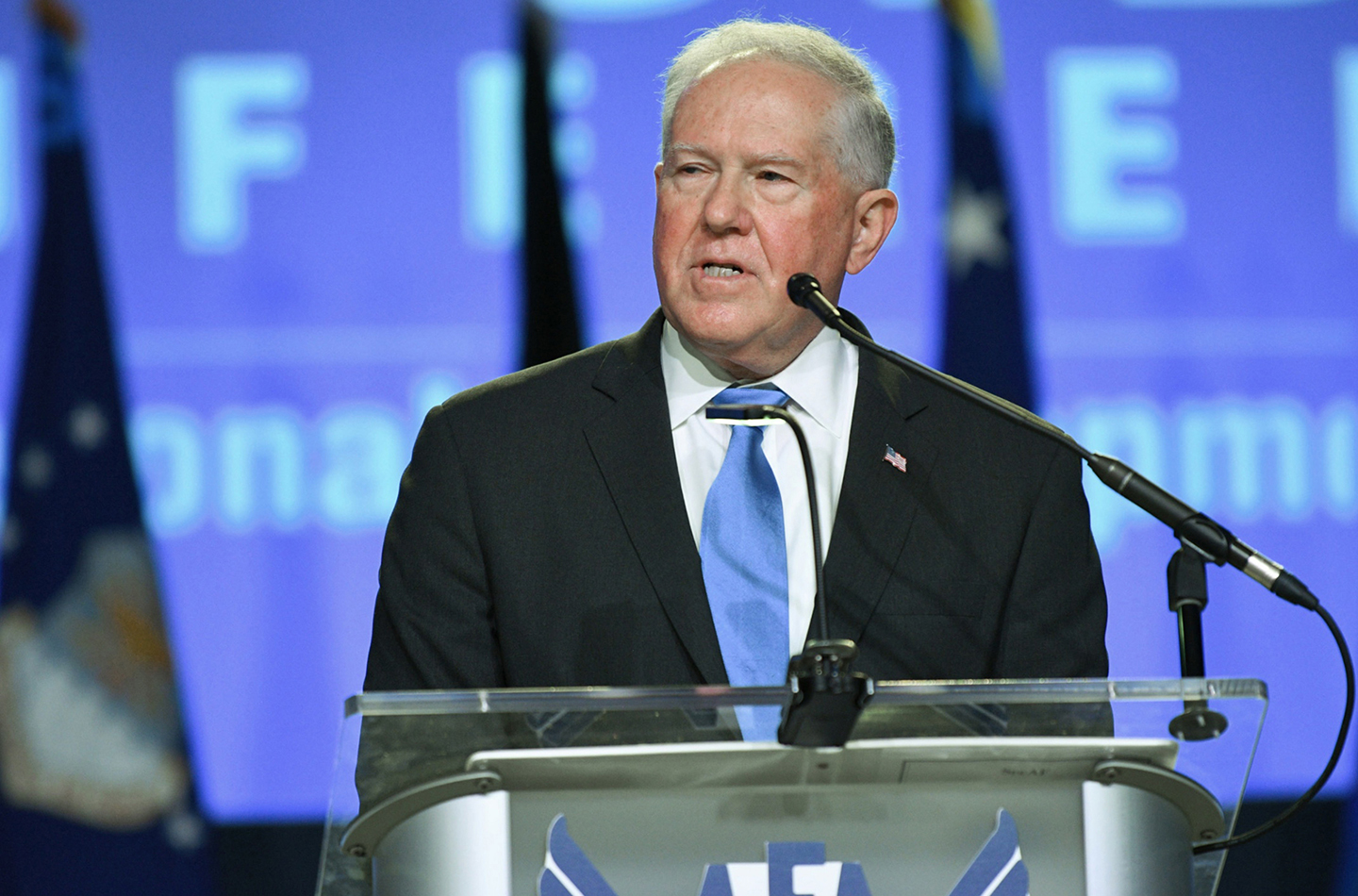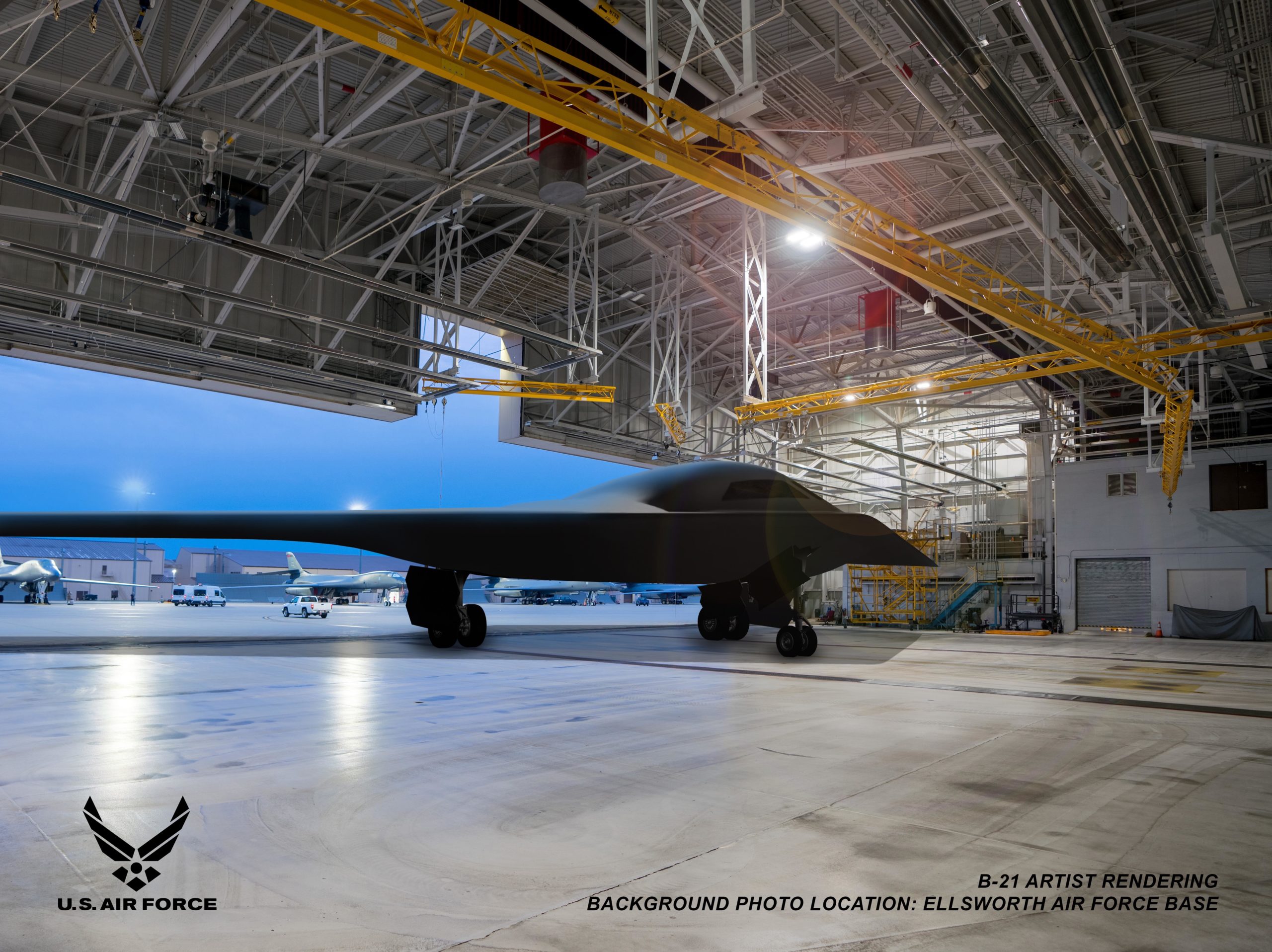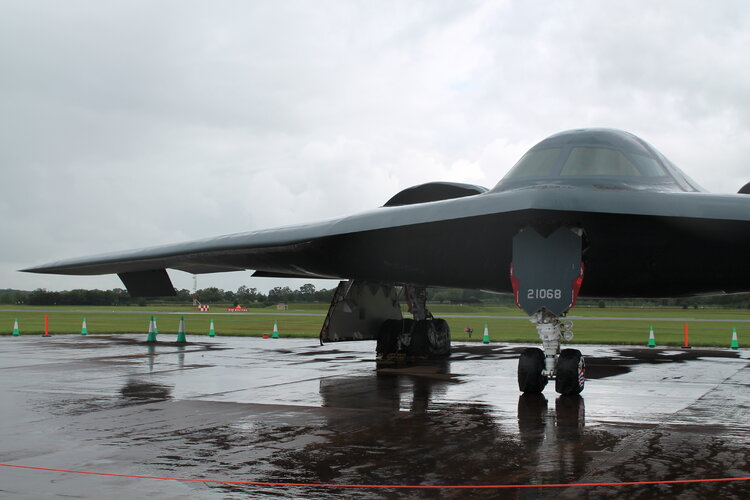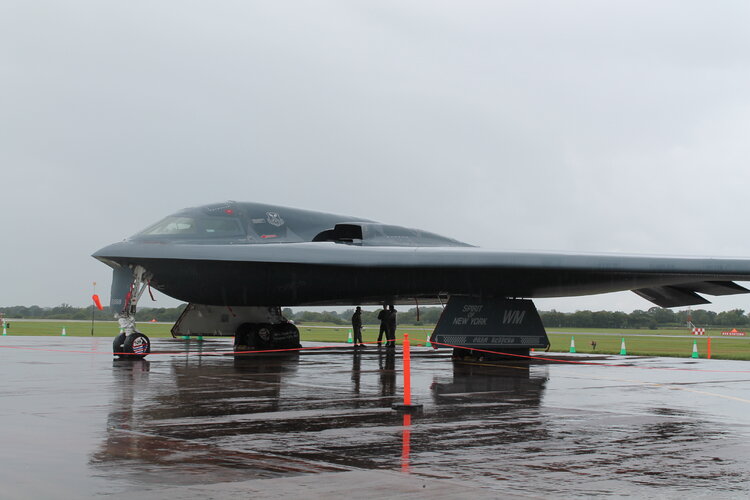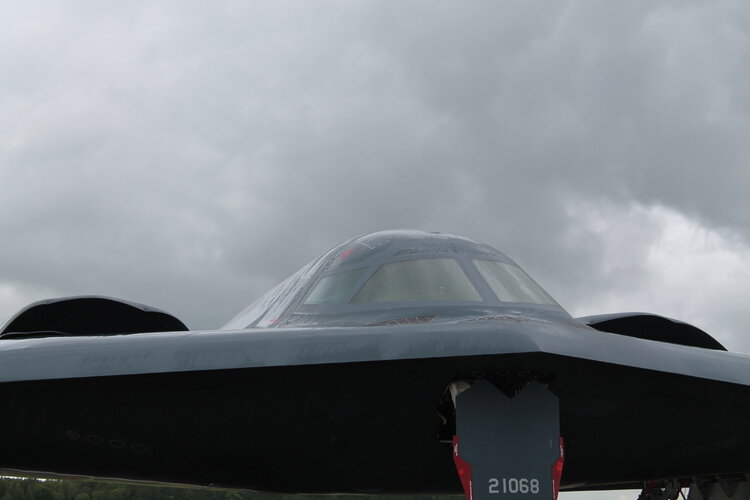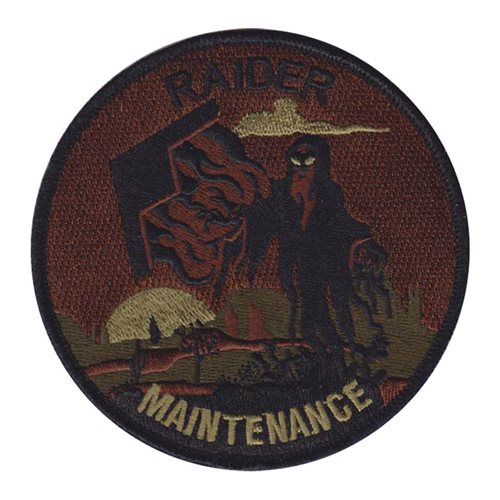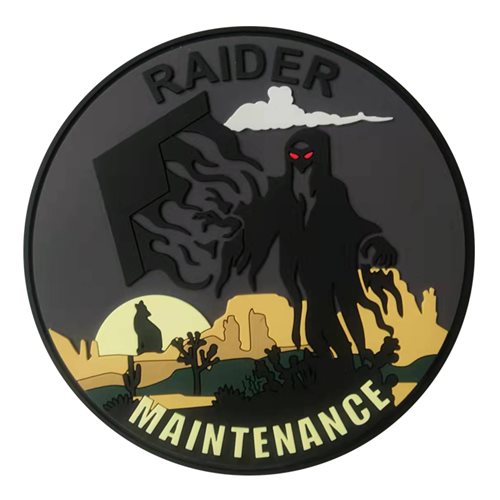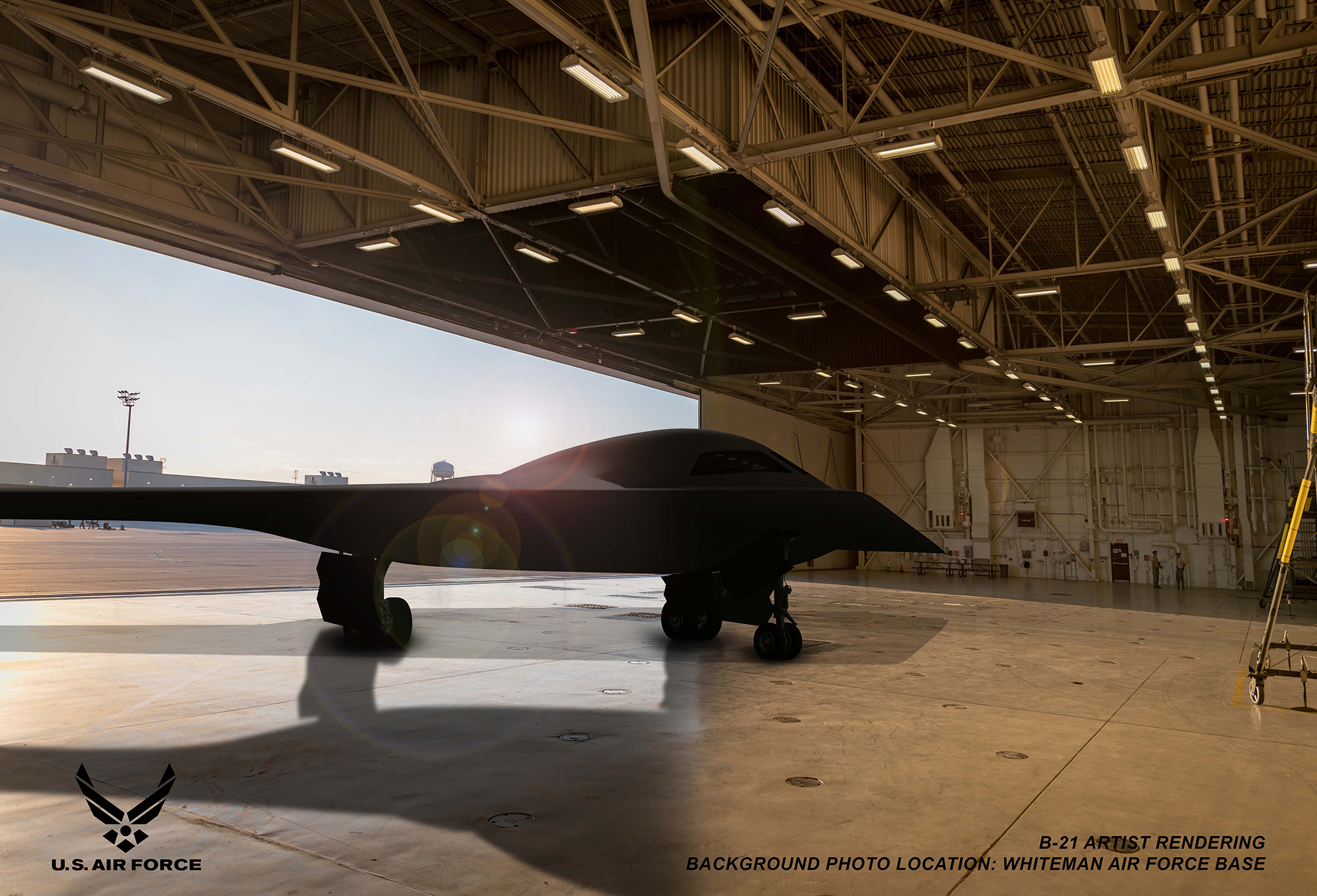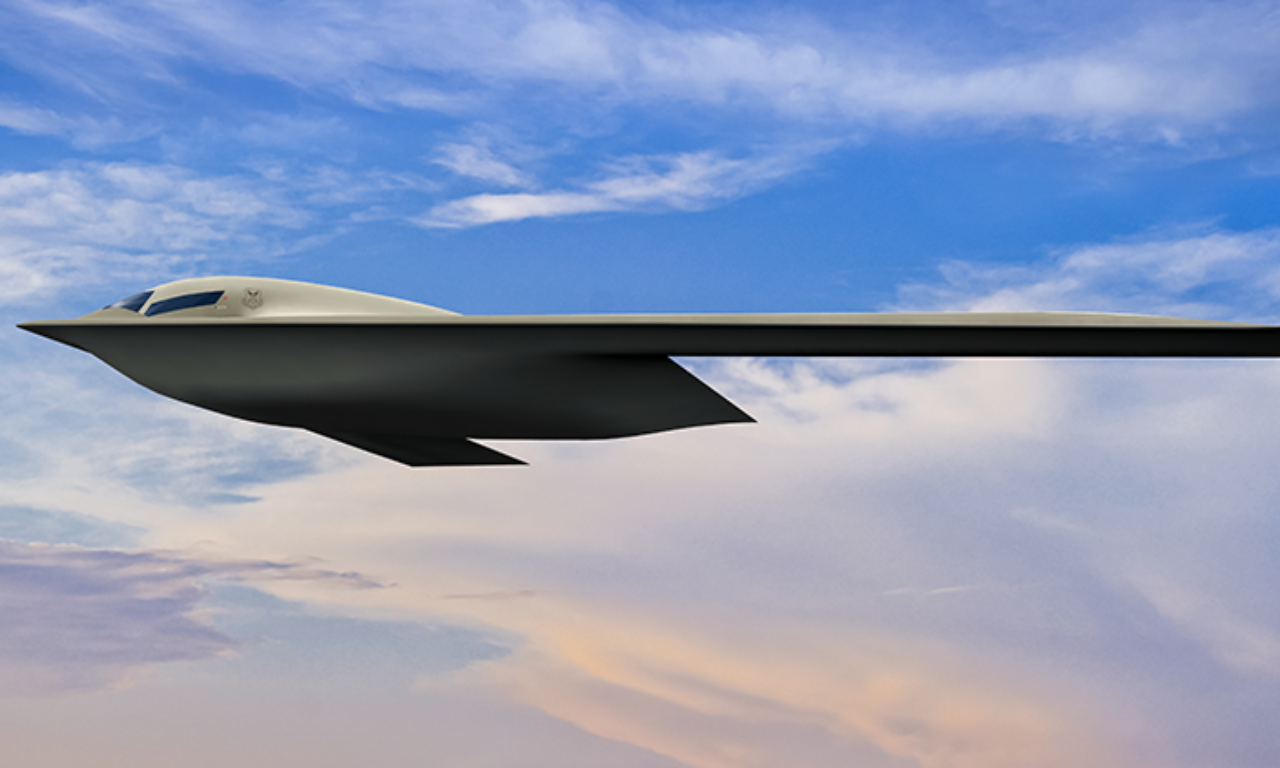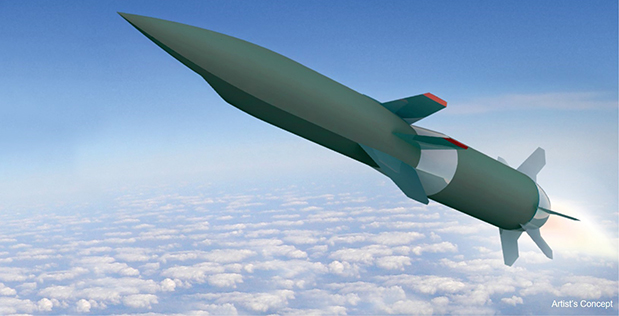Producing New B-21 Bomber Will Cost $20 Billion Through 2027
April 26, 2022 | By John A. Tirpak
The Air Force expects to spend close to $20 billion on producing the B-21 Raider through fiscal 2027, but it doesn’t say how many of the advanced bombers it will buy for that cost. Including research and development, USAF will spend more than $32 billion on the Raider through fiscal 2027, according to service budget documents.
Justifications for the Air Force’s fiscal 2023 budget request include spending estimates across the future years defense plan, or FYDP, stretching through 2027. B-21 procurement, which does not include military construction or research and development, is requested at the following amounts:
| Fiscal Year | B-21 Procurement Funding Request |
|---|
| 2022 (enacted) | $108 million |
| 2023 | $1.787 billion |
| 2024 | $3.551 billion |
| 2025 | $4.429 billion |
| 2026 | $4.638 billion |
| 2027 | $5.023 billion |
The 2022 amount is likely to be for materials and long-lead items for initial production. For the period ’23 through ’27, the planned B-21 production total request is $19.536 billion. Northrop Grumman is building the B-21.
The Air Force has opted to classify how many B-21s it plans to buy for the requested amount. However, at the outset of the program, the cost of the bomber was capped at $550 million each in base year 2010 dollars, or $729.25 million in current dollars. That figure was intended to be an average unit cost over a production run of about 100 airplanes, and early examples of a new military aircraft always cost the most, when the learning curve is highest and the most tweaks tend to be made to the design.
Meeting the price cap was deemed a “critical parameter” of the program, the Air Force said. The B-21’s predecessor, the Next-Generation Bomber, was canceled because Pentagon officials deemed its cost too high and its capability too “exquisite.”
If production costs were fixed at the current level, the Air Force could buy 2.5 B-21s in fiscal ’23; nearly five in fiscal ’24; six in fiscal ’25; and between six and seven per year after, or just over 20 for the five-year period. Those figures roughly agree with initial revelations about the B-21 contract, which calls for 21 Raiders to be built in the first five production lots. However, that would not include further cost escalation due to inflation or new capabilities demanded by changing threats.
The amounts suggest that the fiscal ’25 budget achieves something of a plateau for the bomber, with rapid growth in the near years slowing to more modest growth in the latter part of the FYDP. The Air Force has said early versions of the B-21, although designated for testing, will nonetheless be “useable assets” available for combat operations.
Research and development of the Raider doesn’t stop, though.
| Fiscal Year | B-21 Research and Development Funding |
|---|
| 2022 (enacted) | $2.873 |
| 2023 | $3.254 |
| 2024 | $2.322 |
| 2025 | $1.708 |
| 2026 | $1.527 |
| 2027 | $1.262 |
From fiscal ’22 through ’27, the Air Force expects to spend $12.946 billion on B-21 research and development, making the six-year grand total for both procurement and R&D $32.482 billion.
Randall Walden, head of the Rapid Capabilities Office, which is developing the B-21, has said the first example could roll out of the Northrop Grumman plant at Palmdale, Calif., in the next few months.

